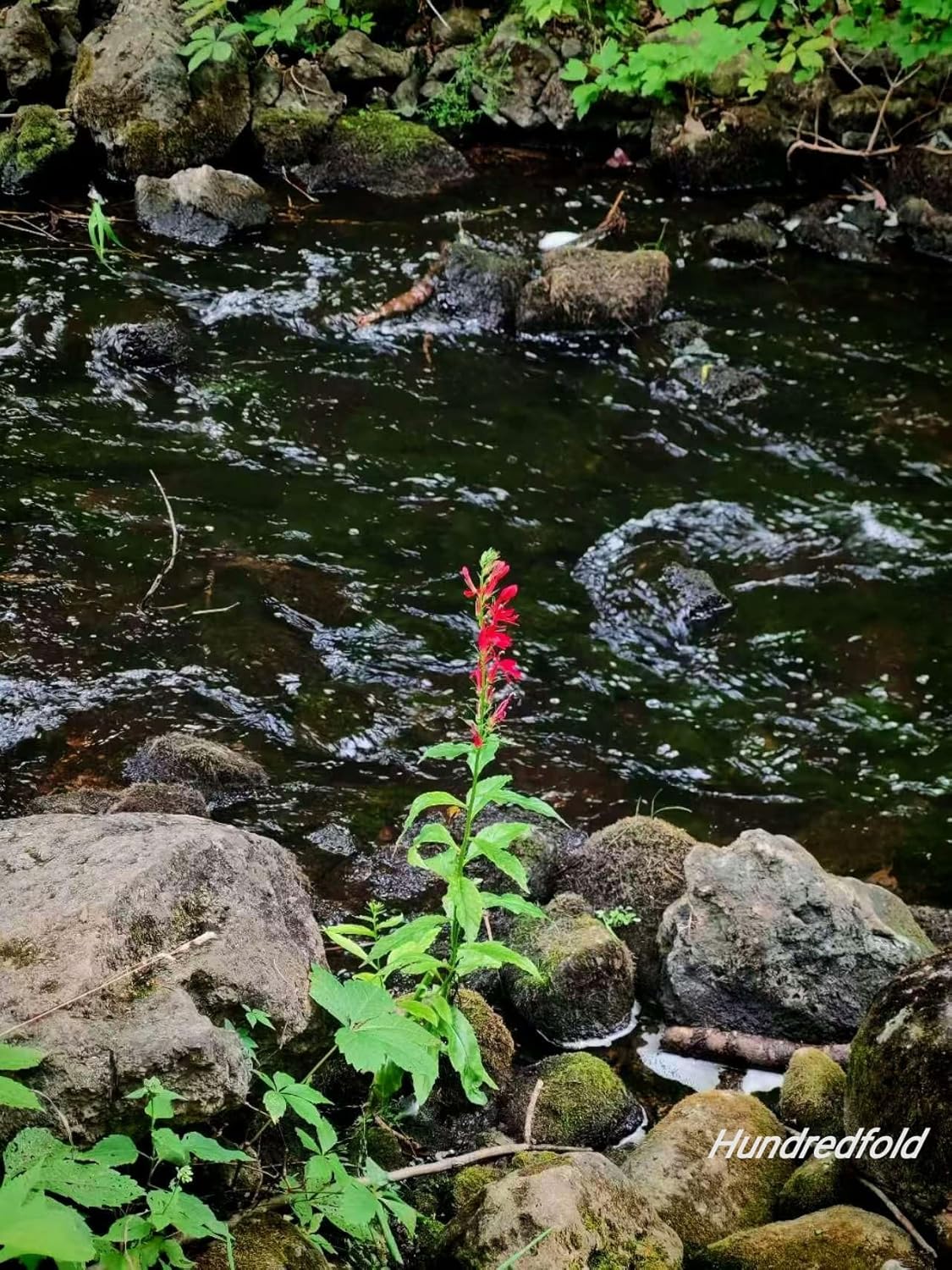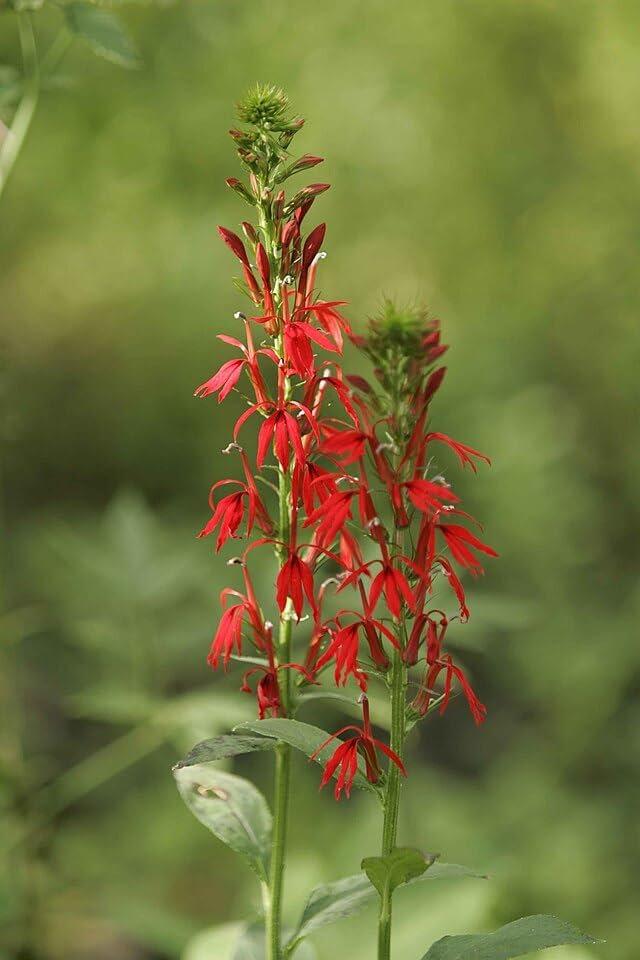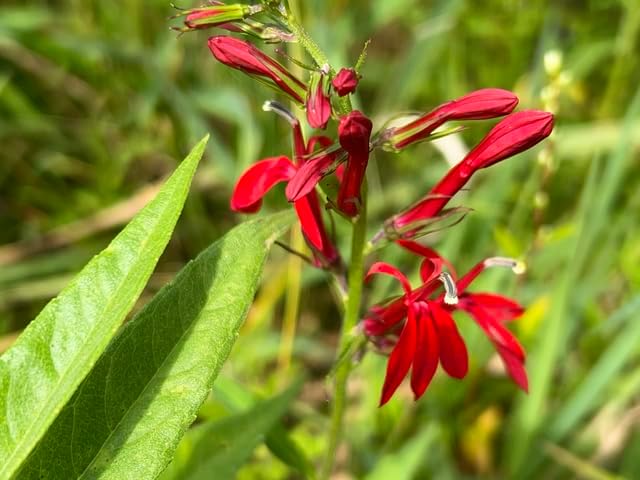Hundredfold Canada
Cardinal Flower Seeds – 500 Vibrant Red Blooms (Lobelia cardinalis), Ontario Native Perennial, Attracts Hummingbirds & Butterflies – Perfect for Gardens & Wetlands
Cardinal Flower Seeds – 500 Vibrant Red Blooms (Lobelia cardinalis), Ontario Native Perennial, Attracts Hummingbirds & Butterflies – Perfect for Gardens & Wetlands
Impossible de charger la disponibilité du service de retrait
The Cardinal Flower (Lobelia cardinalis) is a striking Ontario native perennial with vivid red blooms that light up gardens and wetlands. Loved by hummingbirds and butterflies, it’s a must-have for pollinator-friendly landscapes.
Key Features:
-
Brilliant scarlet-red flowers for late summer colour
-
Attracts hummingbirds, butterflies & pollinators
-
Ontario native perennial – supports local ecosystems
-
Thrives in moist soil, perfect for wetlands & rain gardens
-
Grows 2–4 ft tall in sun to partial shade
-
Ideal for naturalized areas, stream edges & cottage gardens
Hundredfold Notes: A Rare Native Wildflower of Southern Ontario
The cardinal flower (Lobelia cardinalis) is one of the most striking native wildflowers in North America, known for its brilliant scarlet blooms that light up wetlands, stream edges, and damp meadows. Once as common as milkweed in Southern Ontario, this spectacular plant has seen its numbers decline dramatically over the past few decades. Changes in land use and the spread of invasive species have pushed the cardinal flower to the brink in many areas.
I’ll never forget one summer hiking trip along the Niagara Escarpment. A child in our group suddenly pointed out a flash of red at the edge of a running brook. Excitedly, she led me toward it. As the group’s go-to person for native plant identification, I immediately recognized the tall, vibrant spikes of the cardinal flower swaying over the water.
It was a solitary bloom—no companions nearby. We both took pictures, one for our phones and one for our memories. While I didn’t mention it at the time, the absence of other plants was troubling. Native plants like cardinal flowers typically grow in colonies, and a lone specimen can signal trouble for the population.
Still, I hold hope. Perhaps they are blooming in hidden spots beyond our reach. And perhaps, decades from now, when new generations walk this same trail, they will still find the brook running and the cardinal flowers blooming—just as they have for thousands of years in the tranquil heart of the Niagara Escarpment.
Picture 1 shows the very cardinal flower we discovered growing alone by a brook during a summer hike along the Niagara Escarpment.
Share





